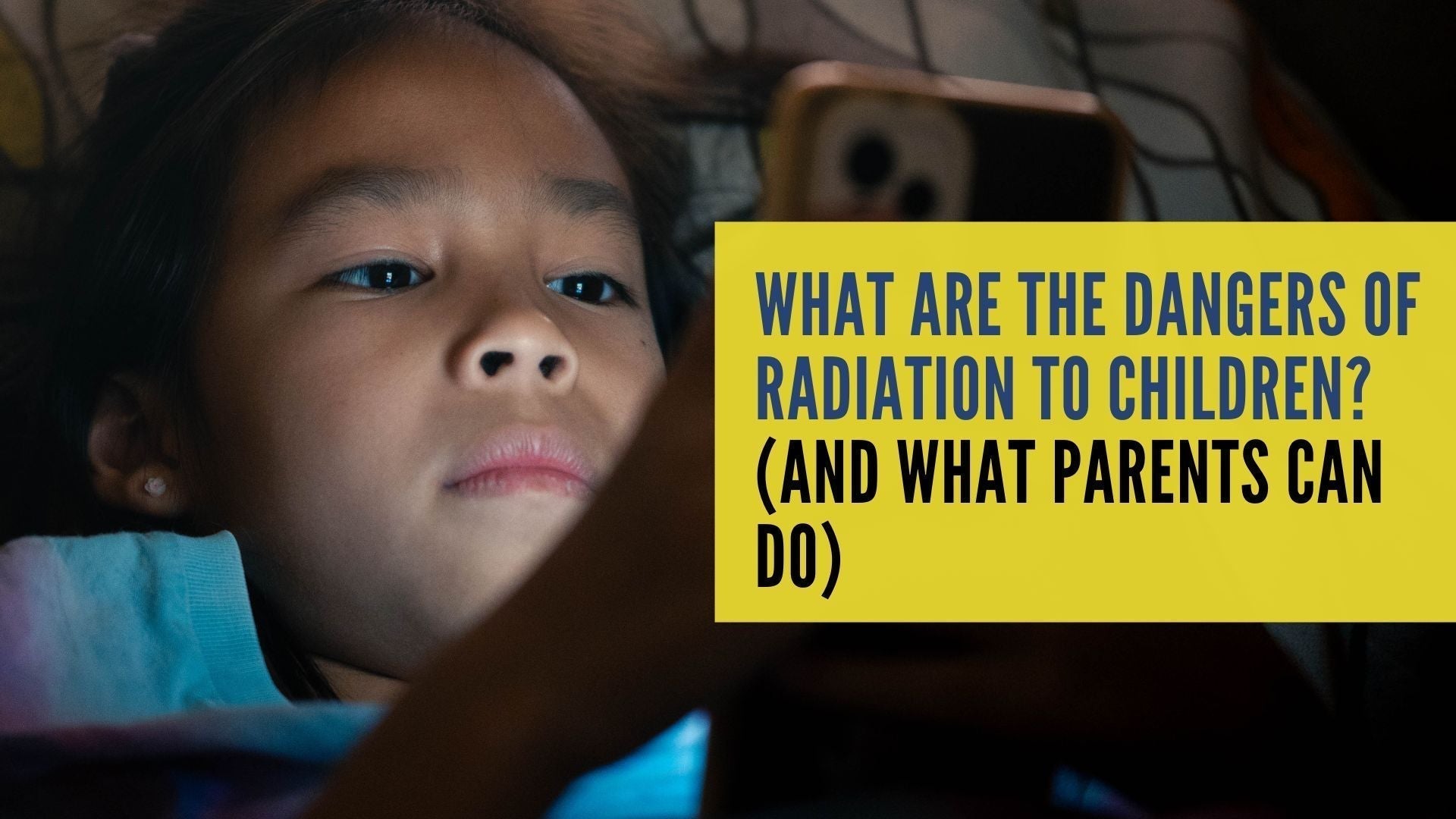Wireless radiation, primarily emitted from devices such as Wi-Fi routers, mobile phones, and other wireless communication systems, has become ubiquitous in modern life. While these technologies offer significant convenience and connectivity, growing evidence suggests that prolonged exposure to wireless radiation can have adverse health effects, particularly on hearing.
This article explores the impact of wireless radiation on hearing through scientific research and studies conducted on both humans and animals.
Understanding Radiofrequency Radiation (RFR)
RFR is a type of non-ionizing electromagnetic radiation emitted by wireless devices such as mobile phones, Wi-Fi routers, and other wireless communication devices. Unlike ionizing radiation (e.g., X-rays), non-ionizing radiation lacks the energy to remove tightly bound electrons from atoms. However, its potential biological effects, particularly with long-term exposure, are increasingly being scrutinized.
Key Studies on Wireless Radiation and Hearing
Study 1: Long-Term Exposure in Rats
A pivotal study in 2017 involved 16 Wistar albino rats divided into two groups: sham control and exposure. The exposure group was subjected to 2.4 GHz RFR from a Wi-Fi generator for 24 hours a day for one year. The control group experienced identical conditions sans the active Wi-Fi generator. Both groups were housed in Faraday cages to eliminate external electromagnetic interference.

Figure 1. DPOAE values (S/N) measured in the study (exposure) and control group at 6000 Hz.
The study measured distortion product otoacoustic emissions (DPOAE) at the beginning, 6th, and 12th months. DPOAE is a critical measure of cochlear health. Results showed significant differences between the exposure and sham groups. Specifically, at the 6000 Hz hearing frequency, the DPOAE values in the exposure group were lower than those in the sham group, indicating potential hearing impairment due to RFR exposure. Interestingly, for the 2000 Hz frequency, DPOAE values increased over time in the exposure group, suggesting frequency-specific effects of RFR on hearing.
Study 2: Electromagnetic Radiation and Tinnitus
Tinnitus, characterized by ringing or buzzing in the ears, is a multifactorial condition that has become more prevalent with the increased use of mobile phones. In 2016, tinnitus patients reported worsening symptoms with excessive mobile phone use, particularly when used on the same ear. This observation suggests a potential link between electromagnetic radiation (EMR) and auditory system damage.

EMR can penetrate tissues, leading to various biological effects. While safety exposure levels have been established, individual sensitivity (electrosensitivity) varies, with some people experiencing symptoms at lower exposure levels. The overlap in symptoms between electrosensitivity and tinnitus suggests a common pathophysiology. Given the evidence, reducing mobile phone use could mitigate the risk of auditory damage and tinnitus onset or exacerbation.
Study 3: Electrophysiological and Histological Effects in Rats
Another study on Wistar albino rats explored the electrophysiological and histological impacts of mobile phone EMR. Twelve adult rats were divided into exposure and control groups. The exposure group was subjected to electromagnetic waves for 30 days, while the control group was not exposed.
Post-exposure, auditory brainstem responses (ABRs) were recorded under anesthesia. Histopathological analysis revealed significant neuronal degeneration in the cochlear nuclei of the exposed group. Signs included increased vacuolization, pyknotic cell appearance, and edema, indicating that EMR exposure could lead to auditory system damage at a cellular level.
Study 4: Human Auditory Brainstem Responses
A 2013 study involving 60 human subjects examined the effects of mobile phone use on auditory brainstem responses (ABRs). Participants were divided into three groups based on their mobile phone usage. Group A (control) had no significant exposure, Group B used mobile phones for a maximum of 30 minutes/day for five years, and Group C used mobile phones for 10 years for a maximum of 30 minutes/day.
The study found no significant ABR differences between Groups A and B. However, Group C showed prolonged latency in ABR waves, indicating impaired conduction in the auditory pathway due to long-term mobile phone use. These findings suggest that chronic exposure to mobile phone radiation may affect auditory processing over time.
Mechanisms of Hearing Damage Due to Wireless Radiation

Several potential mechanisms could explain how RFR affects hearing:
- Thermogenic Effects: RFR can cause heating of tissues, leading to potential damage. The ear, being a delicate structure, may be particularly vulnerable to these thermal effects.
- Oxidative Stress: RFR exposure has been linked to increased oxidative stress, which can damage cellular components, including those in the auditory system.
- DNA Damage: Some studies suggest that RFR can cause DNA damage, which could affect cellular function and viability in the auditory pathway.
- Sleep and Mental Health: High mobile phone usage is associated with poor sleep and mental health issues, both of which can indirectly impact auditory health.
Practical Recommendations
Given the potential risks, it is prudent to take steps to mitigate exposure to wireless radiation:
- Limit Mobile Phone Use: Use mobile phones only when necessary and prefer texting or hands-free options to minimize direct exposure to the head.
- Use EMF Shielding Products: Consider using Radia Smart® EMF Protection products designed to shield against EMF radiation, such as blankets, ponchos, beanies and even phone cases.
- Create EMF-Free Zones: Establish areas in your home, such as bedrooms, where wireless devices are minimized or turned off, particularly at night.
- Follow Guidelines: Adhere to the guidelines set by health organizations regarding safe use of mobile phones and other wireless devices.
True Customer's Review
Conclusion
The growing body of evidence suggests that prolonged exposure to wireless radiation can have adverse effects on hearing. From animal studies showing cellular damage and changes in auditory responses to human studies indicating prolonged ABR latencies, the potential risks cannot be ignored.
While technology continues to evolve, it is crucial to balance convenience with health considerations, taking proactive steps to protect our auditory health in the wireless age. Further research is needed to fully understand the long-term impacts and to establish comprehensive guidelines for safe usage of wireless devices.
References:
https://www.ncbi.nlm.nih.gov/pmc/articles/PMC9444668/
https://pubmed.ncbi.nlm.nih.gov/25836770/
https://www.tandfonline.com/doi/full/10.1080/13102818.2017.1373033



